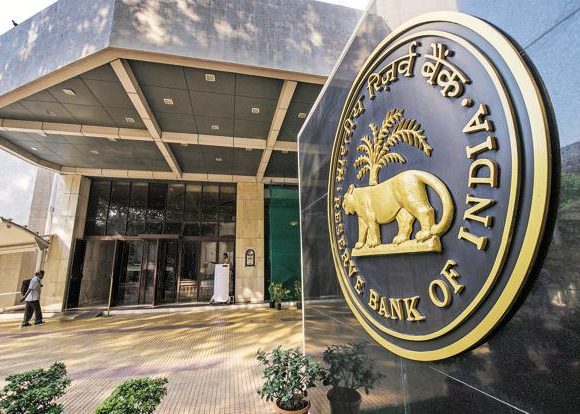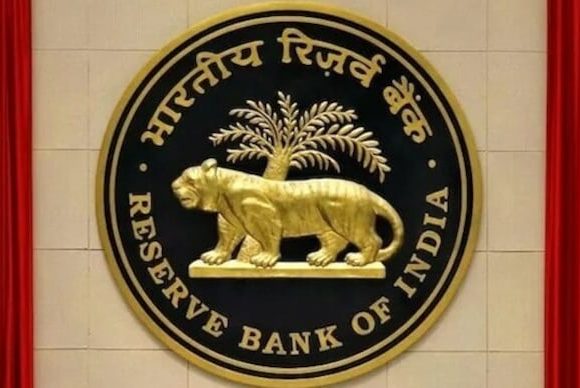
India Allows Bad Loan Securitisation to Deepen Junk Debt Market
In a bold regulatory shift, India has introduced a framework allowing the securitisation of bad loans, aiming to deepen its junk debt market and attract new investor participation. This move marks a significant development in the country’s ongoing strategy to manage its massive pool of non-performing assets (NPAs) while revitalizing debt markets.
What the New Framework Allows
Under the new guidelines, lenders will be permitted to bundle and sell distressed loan portfolios to investors through structured securities—essentially converting bad loans into tradeable financial instruments. These instruments, categorized as “junk debt,” carry higher risk but potentially greater returns, and are expected to create new investment opportunities in India’s underdeveloped distressed debt segment.
The policy aims to improve the liquidity of bad loans and enable better price discovery, offering financial institutions an avenue to clean up their balance sheets while also stimulating the alternative credit market.
Potential Market Impact and Investor Response
This move is expected to draw attention from global distressed asset investors, hedge funds, and asset reconstruction companies looking to tap into India’s high-volume stressed asset space. Previously, investors had limited avenues for structured entry into India’s bad debt ecosystem due to regulatory and legal constraints.
Experts believe the securitisation model could make the market more efficient by shifting the burden of bad loan resolution from banks to markets, enabling capital recycling and encouraging financial innovation.
Balancing Innovation With Prudence
While the initiative is expected to expand the junk bond market, regulators are also emphasizing the need for stringent risk assessment and transparency to prevent misuse or systemic risk. Institutions packaging these loans will need to ensure that the underlying assets meet defined criteria, and disclosures will be essential to attract credible investors.
Conclusion
The introduction of bad loan securitisation is a critical policy reform aimed at unlocking value from India’s legacy NPA issues. By turning distressed debt into tradeable instruments, the government and regulators are not just providing banks with relief but also laying the groundwork for a more vibrant, risk-tolerant credit market that aligns with global financial practices. This may signal the beginning of a new era in India’s financial ecosystem—one where innovation meets reform in tackling long-standing debt challenges.


















